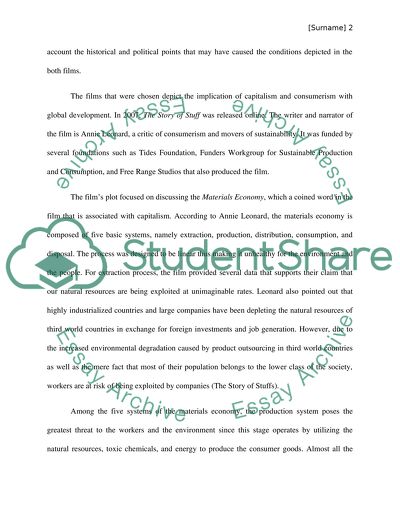Cite this document
(“Film essay Movie Review Example | Topics and Well Written Essays - 2500 words”, n.d.)
Retrieved from https://studentshare.org/visual-arts-film-studies/1397415-film-essay
Retrieved from https://studentshare.org/visual-arts-film-studies/1397415-film-essay
(Film Essay Movie Review Example | Topics and Well Written Essays - 2500 Words)
https://studentshare.org/visual-arts-film-studies/1397415-film-essay.
https://studentshare.org/visual-arts-film-studies/1397415-film-essay.
“Film Essay Movie Review Example | Topics and Well Written Essays - 2500 Words”, n.d. https://studentshare.org/visual-arts-film-studies/1397415-film-essay.


